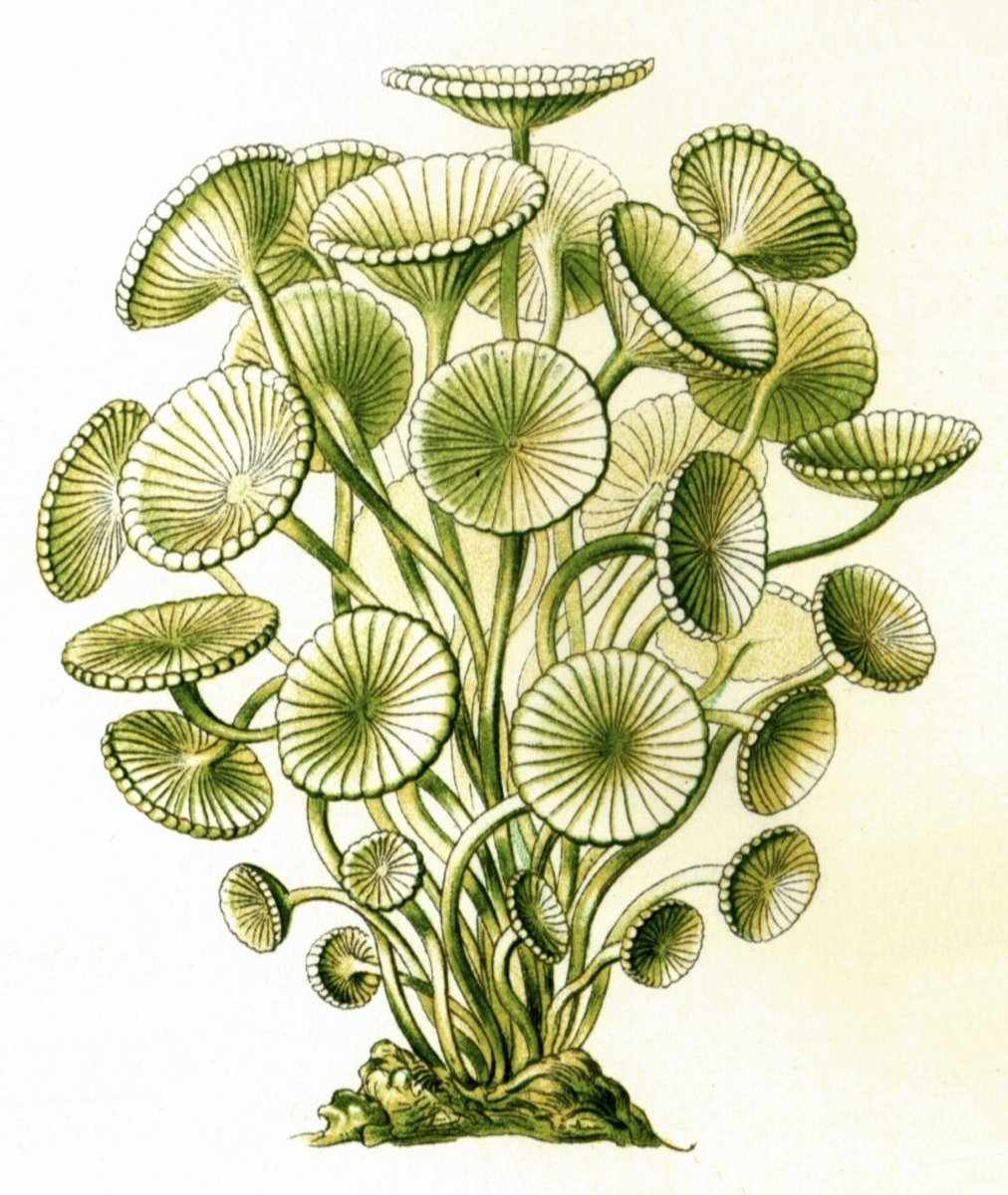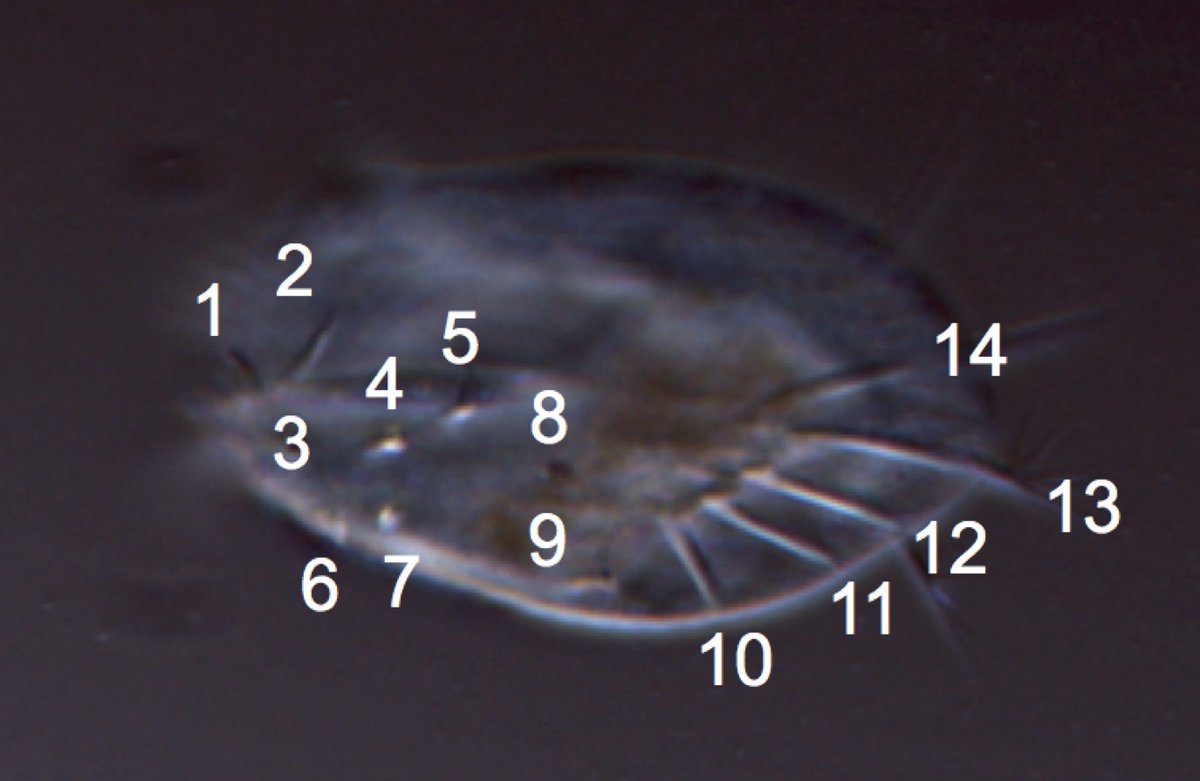
Hello and welcome to this week’s #DBIOTweetorial by Prof. Madhusudhan Venkadesan @v_madhu. Let’s go! 

Feet and fins are quite different in their anatomy. But both have to be stiff enough to withstand the forces of propulsion. Are there deeper connections between them?
Paper: dx.doi.org/10.1038/nature…
Video:
Paper: dx.doi.org/10.1038/nature…
Video:
All land vertebrates, or tetrapods, evolved from aquatic ancestors over 370 million years ago. So we and all land vertebrates are fish, in a manner of speaking!
Limbs evolved from fins, but the earliest tetrapod probably used a fin to move on land.
Ref: jstor.org/stable/j.ctt16…
Limbs evolved from fins, but the earliest tetrapod probably used a fin to move on land.
Ref: jstor.org/stable/j.ctt16…
Consider human feet. They are so stiff that you can barely see it bend when walking or running, although the foot experiences many times the bodyweight with every step.
doi.org/10.1111/j.1748…
doi.org/10.1111/j.1748…
Not all feet are that stiff. A bonobo's foot bends severely in its middle even when walking. Similarly, some people with flat looking feet due to injury or disease cannot lift their heel up. What could be the reason?
Bonobo: doi.org/10.1002/ajpa.1…
Human: doi.org/10.1016/j.clin…

Bonobo: doi.org/10.1002/ajpa.1…
Human: doi.org/10.1016/j.clin…


The differences lie in foot anatomy. Specifically in whether the middle of the foot is arched or not. There are two prominent arches in the human midfoot. The longitudinal arch along the inner side and the transverse arch across the width of the midfoot.
doi.org/10.1242/jeb.17…

doi.org/10.1242/jeb.17…


The longitudinal arch stiffens the foot because the arch and soft tissue form a bow and string structure. So the soft tissue stiffness increases foot bending stiffness in proportion to the arch height squared.
doi.org/10.1038/325147…
doi.org/10.1111/j.1469…

doi.org/10.1038/325147…
doi.org/10.1111/j.1469…


The transverse arch increases human foot stiffness in a manner similar to how slightly curling a dollar bill or a thin pizza slice would increase stiffness. The principle, at its heart, is a consequence of Gauss's theorema egrigium, a remarkable theorem.
doi.org/10.1038/s41586…
doi.org/10.1038/s41586…
Transverse curvature induced stiffness is more than the longitudinal arch's role (in cadaveric tests). Also, a human-like transverse arch predates the genus Homo by over 1.5 million years. It may explain how the flatfooted A.afarensis left nearly human-like footprints at Laetoli. 







Does curvature-induced stiffness apply to fish fins? It does, but is slightly different because fin rays are quite flexible unlike the nearly rigid foot bones. The misalignment of the soft bending modes of the adjacent rays mimics the effect of curvature.
doi.org/10.1098/rsif.2…
doi.org/10.1098/rsif.2…
Many open questions remain. Feet and fins are living organs with muscles that modulate their mechanical properties. But how it does so is unknown. Open questions also remain about the locomotion of amphibious fish that use their fins almost like feet.
doi.org/10.1093/icb/ic…
doi.org/10.1093/icb/ic…
Signing off here, your host today, Madhusudhan Venkadesan @v_madhu. Thank you to the #EngageDBIO team!
Audience members:
Interested in joining our growing community in biological physics? Please join APS-DBIO and present your work at the annual March Meeting.
Interested in joining our growing community in biological physics? Please join APS-DBIO and present your work at the annual March Meeting.

• • •
Missing some Tweet in this thread? You can try to
force a refresh
















